
Previously, the Cape Parrot was considered the same species as Brown-necked P. fuscicollis suahelicus and Grey-headed P. f. fuscicollis parrots and it was only declared a unique species as recently as 2017. With fewer than 1800 individuals left in the wild across three genetically distinct sub-populations, this charismatic bird has been declared Critically Endangered.
At about 30 centimetres high, the Cape Parrot is one of the largest of the Poicephalus species. This scientific name alludes to the head, and in general the heads of the various species in the genus are a different colour from the rest of the body. The olive-brown plumage on the head of the Cape Parrot identifies it, while the rest of its body is dark to paler green, a coloration that makes it fairly well camouflaged against the backdrop of its forest habitat. However, its loud, harsh call reveals its presence and you’re likely to hear it before you see it.
When they are seen, adult Cape Parrots can be identified by the red/orange coloration of their shoulders and ankles and, generally on the adult females, by the orange on their forehead. Juvenile Cape Parrots lack the red/orange on their shoulders and ankles, but display the orange patch on their forehead. As juveniles mature, the males start to lose the orange patch at about eight to 10 months old. Cape Parrots are most active early in the morning, shortly after dawn, and again in the evening before sunset, when they depart and return to their overnight roosting sites.
This story is from the January/February 2023 edition of African Birdlife.
Start your 7-day Magzter GOLD free trial to access thousands of curated premium stories, and 8,500+ magazines and newspapers.
Already a subscriber ? Sign In
This story is from the January/February 2023 edition of African Birdlife.
Start your 7-day Magzter GOLD free trial to access thousands of curated premium stories, and 8,500+ magazines and newspapers.
Already a subscriber? Sign In
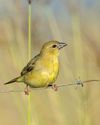
agrochemicals and birds
By the year 2050, it is estimated that 171 million more hectares of agricultural land will be needed to feed a global population of 10 billion people.
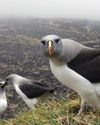
arrivals and departures
The Mouse-Free Marion Project is committed to ensuring that breeding seabirds can return to a predator-free Marion Island.
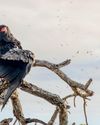
FULL skies
High summer brings high entertainment to Botswana's Mababe Community Concession and Kazuma Pan.
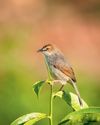
specials IN THE MIST
With a distinct habitat and climate, Zimbabwe's Eastern Highlands are a must-visit destination for any birder wanting to see a bevy of special birds.
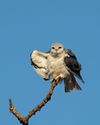
MIDRAND marvel
Gauteng birders don't need to travel far to get their feathery fix. Midway between Johannesburg and Pretoria, Glen Austin Pan has become a favourite patch for this returnee expat.

IN TOO DEEP...again
The annual sardine run along South Africa's east coast is a thrill and a challenge for underwater photographers, especially if you throw birds and inclement weather into the mix.
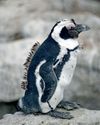
a journey through the mysteries of moult
As a bird researcher in South Africa’s botanically diverse fynbos biome, I have come to regard bird ringing as part of my journey to understanding moult.
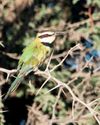
Southern SIGHTINGS
The midsummer period lived up to its reputation as the busiest time for rarities in southern Africa and produced a host of really good records, including several that got twitchers racing all over the subregion to try and add these mega ticks to their lists. As always, none of the records included here have been adjudicated by any of the subregion's Rarities Committees.
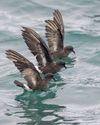
storm petrels in Kalk Bay
According to Roberts 7, both Wilson’s and European storm petrels occasionally seek the shelter of breakwaters during periods of strong onshore winds, but this is seldom observed off South Africa.

power-napping penguins
Periodic reduction in neural activity (sleep) is found in all animals with brains and seems to be essential to restore effective brain function. There is plenty of evidence of the adverse effects of not getting enough sleep, and recent research in humans has identified getting sufficient sleep as one of the four core pillars of living a long and healthy life.